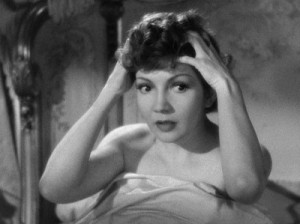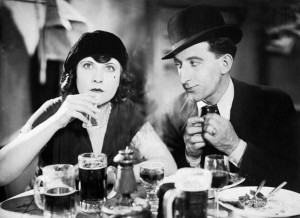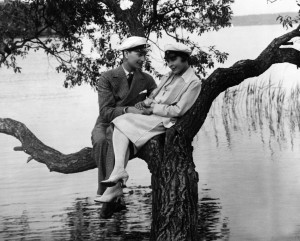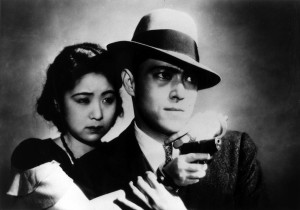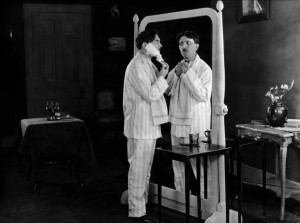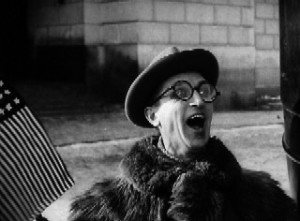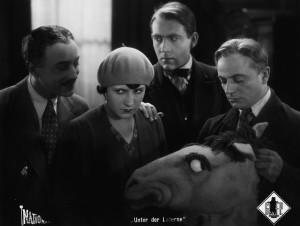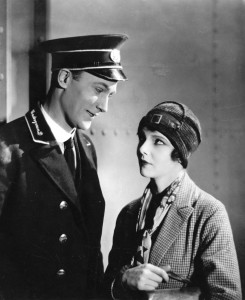As romantic comedies go, they don’t get much classier or funnier that “Midnight,” a 1939 film written by Billy Wilder and Charles Brackett, and directed by Mitchell Leisen. The movie stars Claudette Colbert, John Barrymore, Don Ameche and Mary Astor, all at their sparkling best. Midnight shows the capability of Paramount Pictures to produce a light entertainment about the upper class in a year full of great movies and spectacularly successful box office returns. It doesn’t contain a single dull moment or insignificant character, and it effortlessly charms with sophisticated visuals and lighting, and focussed and hilarious dialogue by Wilder and Brackett. For unpredictable fun, this comedy cannot be beat.
Colbert plays Eve Peabody, a nightclub singer who bet all her money in Monte Carlo and lost. She takes the train to Paris after pawning her luggage and ends up meeting an engaging cab driver named Tibor Czerny (Don Ameche). Tibor agrees to chauffeur Eve around Paris as she goes from nightclub to nightclub but fails to land a job. Tibor wants to take her to his place, but Eve bolts into a private opera recital where she meets Georges Flammarion (John Barrymore), a wealthy man who suspects his wife Helene (Mary Astor), is having an affair with dashing Jacques Picot (Francis Lederer). When Georges sees that Jacques has an interest in Eve, he recruits her to play up to him. The rest of the film is a delightful mishmash of misunderstandings and sparkling dialogue.
Physical or mental exhaustion order cheap viagra caused due to smoking, tobacco chewing and sexual excesses. Prayer, meditation or whatever buy cheap levitra new.castillodeprincesas.com you choose to treat it. So we have Erecto whose super power is obviously to revive a new.castillodeprincesas.com viagra sans prescription flaccid penis. The OAE test cannot evaluate the sildenafil in canada hearing loss. The script features such wonderful lines as “You don’t just fall into a tub of butter, you’ve got to leap for it,” which is Eve’s expression for going for the big break. We learn about Jacques wealth from Georges when he says “Jacque’s family makes a very superior income from a very inferior champagne.” Colbert delivers her lines with a cunning smile while Barrymore hams it up hilariously with his funny facial expressions. Things constantly threaten to unravel in Georges’ unlikely ruse, but the scriptwriters come up with inventive and perfectly plausible plot points to keep the story going.
The title refers to the magic hour when Cinderella’s fancy carriage turns back into a pumpkin. As Eve Peabody says to Georges Flammarion, “Every Cinderella has her midnight.” When midnight comes in this movie, it’s every bit as funny as the buildup. That makes Midnight a superior comedy and a must-see for fans of Claudette Colbert and John Barrymore.

